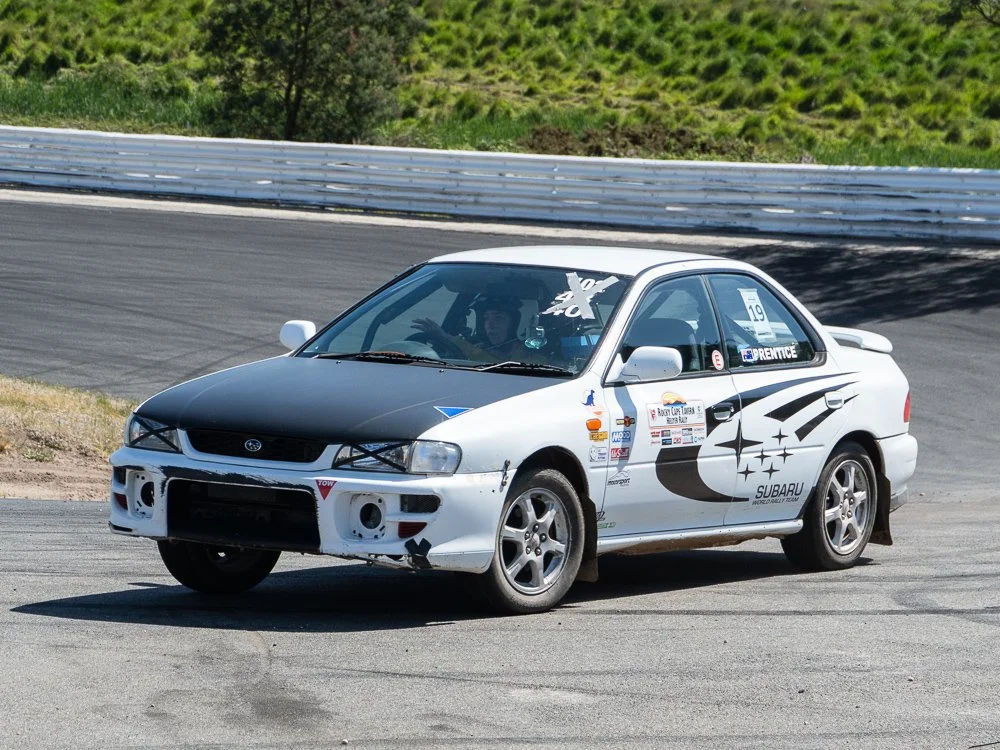Bazza's Pacenotes
/Jim Richards and Barry Oliver have won more tarmac rallies than any other combo
One of the questions that I am frequently asked is “what sort of notes do you and Jim Richards use in tarmac rallies”.?
People are then puzzled when I explain that we use a descriptive system and not numbers as is the norm with all other teams and in fact I have been told on numerous occasions that we could perform much better if we reverted to the number system. Without being a smarty I guess the answer to that is that we have finished on the podium 43 times in 72 tarmac rallies since we started together in 1993.
So how does the system work?
It’s interesting to note that even these days at WRC level I occasionally hear a descriptive call amongst the numbers from the co-driver and I guess there are still instances where a descriptive call has more meaning. There are six basic calls starting with HPL (hairpin left) followed by VHR (very hard right) which has a very tight apex but is not a hairpin and then comes HL (hard left) which would be a 90 degree corner with a sharp apex. Next is a MR (medium right) which would be a 90 degree corner with an open apex and that is followed by a FL (flat left) which is a fast corner that is usually visible.
A “green” FR is a very fast corner that you cannot see around but you can maintain your speed. The “green” designation simply means putting a green highlight pen over the FR. The other important call is a crest CR and the distance to the next call. So for example. CR- F-SO 200 HR means (crest flat straight on 200 hard right). Alternatively the call could be 300 Caution CR into VHL (300 caution crest into very hard left) with the “into” highlighted.
One area that we focus on are the corners that “tighten” as these are frequently the ones that bring teams undone.
So why did we adopt this system in the first place?
Back in 1993 we only competed in one event a year which was Targa Tasmania so we decided to use the “KISS” principle. (keep it simple stupid). When TT release the recce information, usually at the beginning of the year ,I go through and establish what changes have occurred and what new stages have been introduced so my wife and I can go out and write them up.
I then sit down in my office and transfer that information onto formed up A4 sheets using a black calligraphy pen or red for the more difficult calls. No I do not use a computer as I feel more comfortable with the calls in large printed font and it is no hardship as I am a former Draftsman and have a very neat hand. Once that has been done I insert the new stages and the revisions into the books (one for each day)and it’s time for Jim to come over to do a recce run which we can do in three long days on the road.
Other events such as Targa West in WA and Targa High Country in Victoria don’t change very much but if there are any changes we accommodate them in the days leading up to the event. These events are only half the competitive distance of TT and in the case of WA a number of the stages are repeated as they have a shortage of suitable roads. In addition Targa West does not have the technical roads like Hellyer Gorge and the Sidling so there are no where as many calls.




